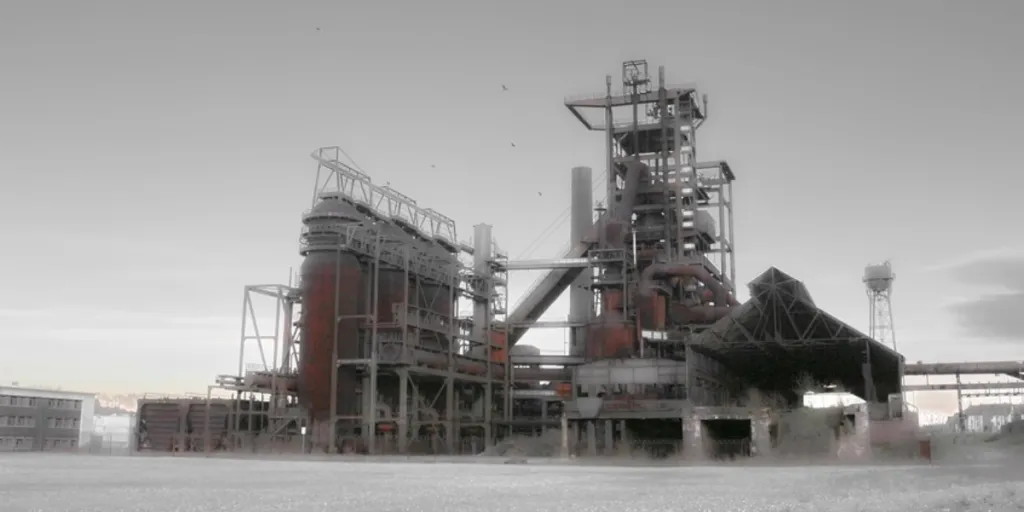Foundries are magnificent. These huge furnaces radiate heat and have the power to transform huge blocks of metal into fiery liquids, facilitating extraordinary scientific wonders every day.
This article explores the metal melting process and sheds light on different types of foundry melting furnaces.
Table of Contents
The metal melting process
Types of foundry melting furnaces
How to choose a melting furnace?
The bottom line
The metal melting process
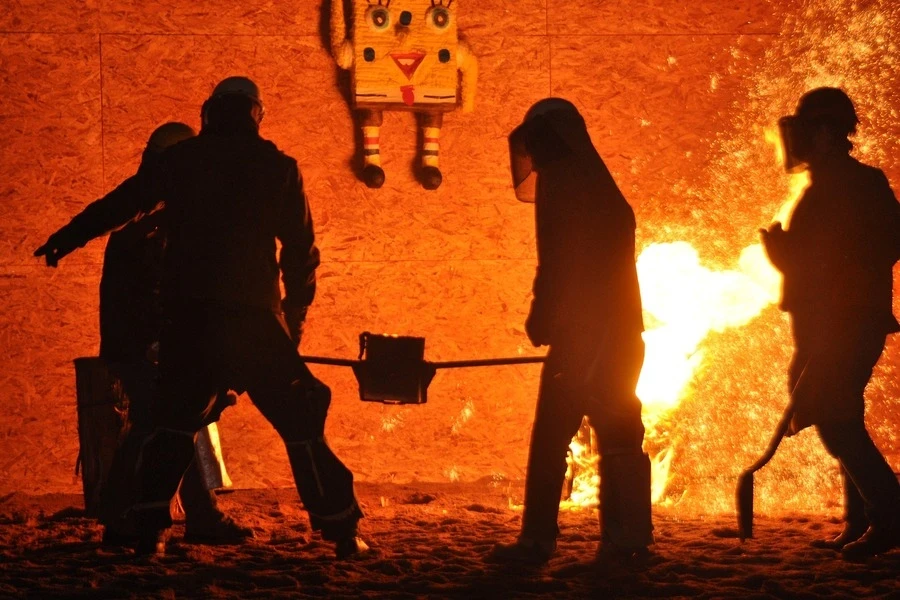
For thousands of years, melting metals, glass, and other materials has been an important way for civilisations to make things. The process of turning solids into liquids allows them to be poured into molds before hardening into useful shapes. The entire process of melting metal is based on the following steps:
Finalizing the metal mixing ratio
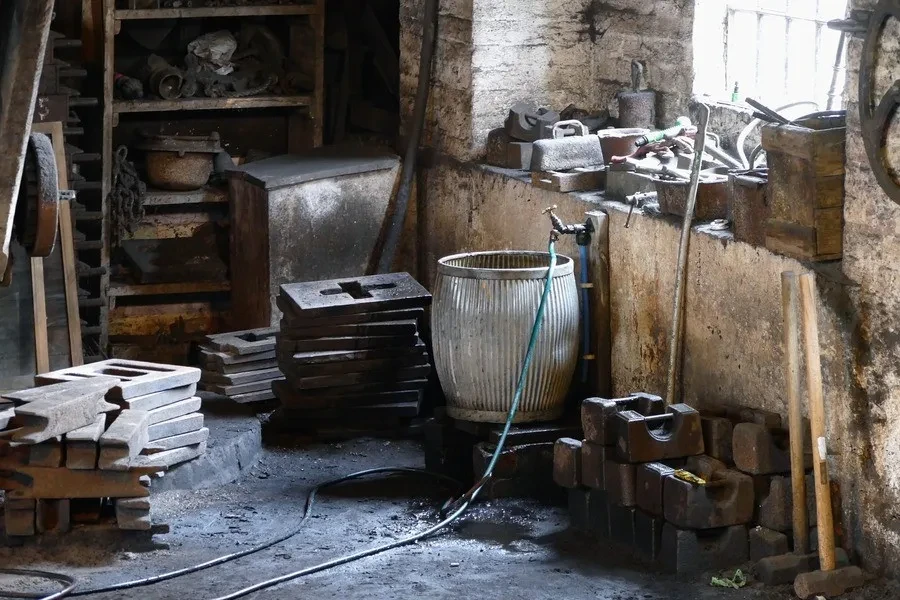
Every casting application has different requirements for their metal mechanical properties. Manufacturers establish their formula for mixing metals according to the class of materials that they use and their specific requirements.
For instance, the mixing ratio of aluminum in most foundries is 40% aluminum ingots + 50% aluminum scrap + 10% others. The 10% of others include additive materials like copper, silicon, and zinc, etc.
Loading the metal
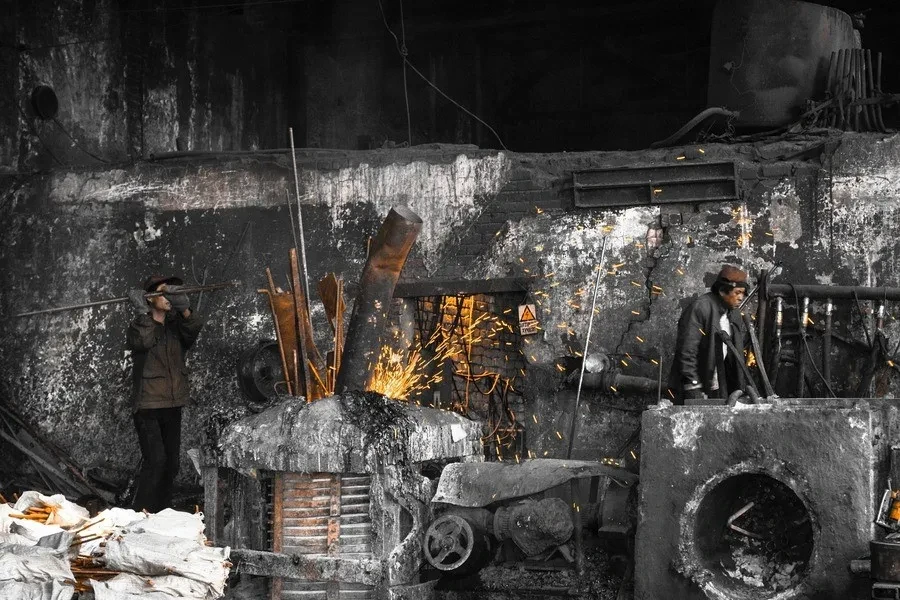
Before putting the ingots and metal scraps into the furnace, they must be cleaned, heated, and dried. This is an important step, removing any moisture and dirt from the metal to ensure the furnace doesn’t become damaged or dirty.
Some energy may be lost when the materials are loaded into the furnace. If the furnace is loaded when it’s not hot enough, the process will be rendered less efficient as it will take longer to melt everything. However, if a furnace is constantly running, this improves efficiency because it doesn’t need to be heated up every time something is melted.
However, a lot of heat can escape when a hot furnace is opened in order to put more materials in. There are multiple ways to fix this problem, including using a side well furnace, where the hot metal is put back into the furnace to be reheated during the loading process.
Melting metal
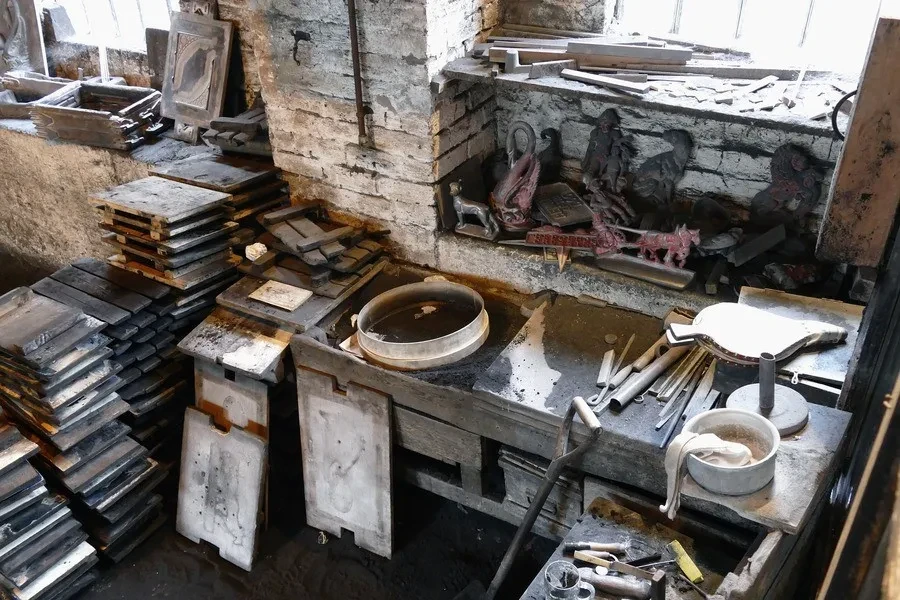
Because they operate at very hot temperatures and come into direct contact with molten metals, furnace linings, gases, and burnt fuel, furnaces must be especially hardy. In addition, they must be able to withstand the heat produced by fuel sources such as coke, natural gas, or electricity that are used to melt materials.
In general, furnaces must be able to produce anywhere from 350°C to 2000°C of heat in order to melt metal, or reach a metal’s melting point – the point at which it turns from a solid to a liquid.
Refinement and treatment of metal
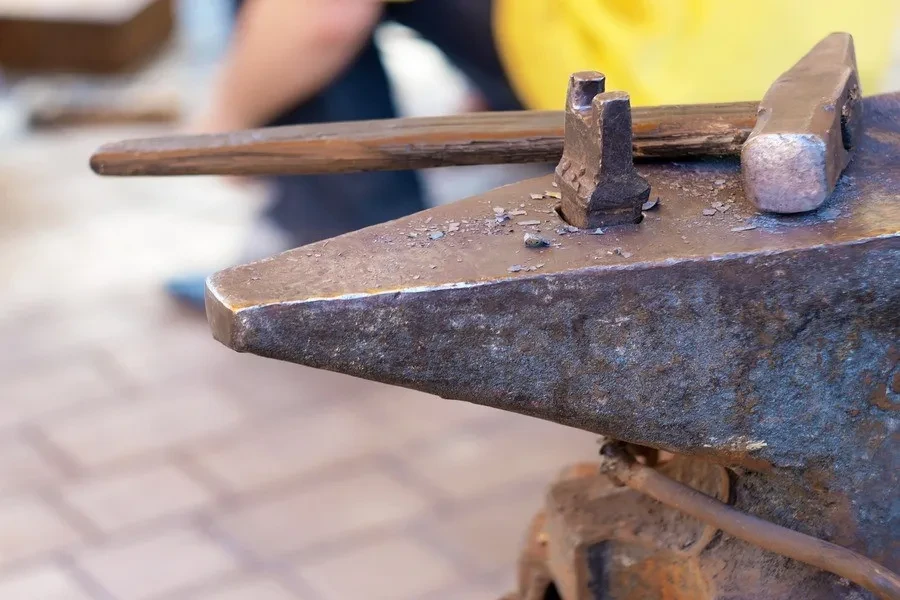
Refining is when you clean and improve the quality of the melted metal by removing any unwanted irregularities like remaining solid pieces or gas bubbles. The idea is to ensure that the metal has the correct mix of materials.
Before the metal is molded into a solid shape, adding other materials or additional cleaning can help make it stronger, more flexible or sturdier. This step is important because it can affect how well the final product turns out.
Transportation of melted metal

Once the metal is melted, it is transferred from the furnace to the molding line using a pouring system.
Types of foundry melting furnaces
Melting furnaces are used to heat up solid materials to such a degree that they turn into liquid. This physical transformation depends on both pressure and temperature; the melting furnace needs to be able to create and keep a specific temperature so that the material inside melts evenly.
Several types of furnace are used to perform variations on this process. The most notable of these include:
Crucible furnaces
Crucible furnaces are a simple type of furnace used for melting metal. A crucible is a container that can handle extremely high temperatures and is usually made of ceramic or another high heat-resistant material.
Nowadays, jewelers, hobbyists, and some small factories use crucible furnaces to melt metal in small batches. Crucibles come in different sizes, from tiny ones for melting metal with a blowtorch to larger varieties that can hold up to 50lbs of metal.
Cupola furnaces
Cupola furnaces were used for a long time to melt iron to make cast iron, which of better quality than pig iron. The top of a cupola furnace is often fitted with a cap to stop bad gases from escaping and to keep rainwater out.
Melting iron in a cupola furnace and adding coke, carbon, and other materials, creates different kinds of iron and steel. Nowadays, cupola furnaces aren’t generally used because electric arc and induction methods are more efficient at producing the necessary heat.
Electric arc furnaces
Electric arc furnaces are used to make iron from iron ore. The furnace makes heat from an electric arc discharged as part of a reaction between two electrodes. Oxygen is blown into the furnace as well as lime and elements so as to eliminate undesirable elements and make slag. The melted iron is then poured from a tapping spout.
Electric arc furnaces melt the material through direct contact with the arcing electricity, which passes through the material. This makes the melting process more efficient than other methods that rely on external heat.
Induction furnaces
Induction furnaces have a metal container or chamber that is surrounded by a coil with an electric current flowing through it. This creates eddy currents in the metal, which produces the high temperatures needed to melt it and to make alloys with precise compositions.
The heat is generated by exciting molecules in the iron itself without the addition of oxygen or other gases. While this makes it easier to melt materials because there are fewer variables to worry about, it also means the furnace can’t be used to make high-quality cast steel, as whatever is put in the furnace comes out the same.
How to choose a melting furnace?
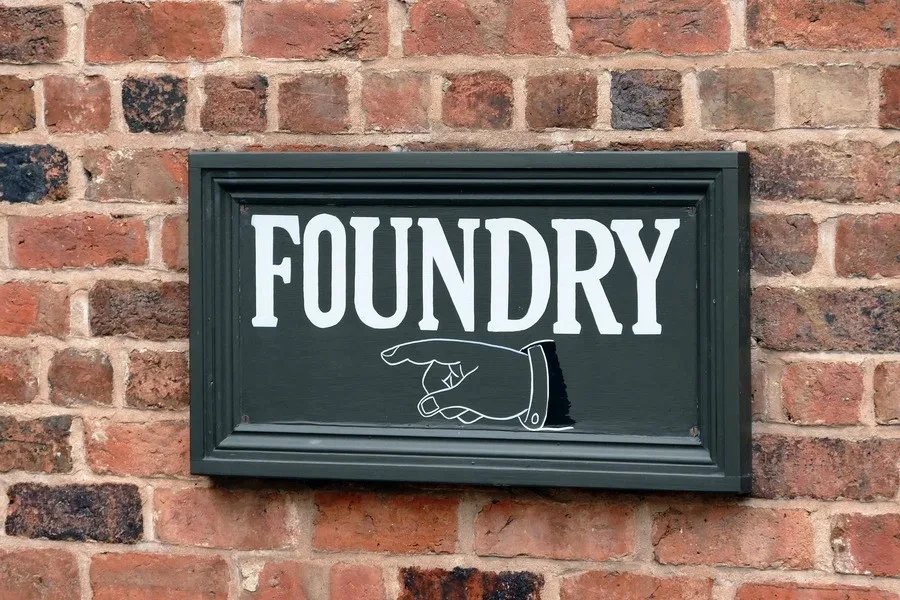
Which melting furnace is used will impact the effectiveness of the foundry and the final castings. Therefore, it is essential to consider what outcomes are required as this will influence which furnace technologies are needed.
The following factors will help decide which melting furnace will suit specific foundry operations:
- Available space
- Target alloys and their melting point
- Financial investment
- Energy efficiency
- Maintenance requirements
- Quantity of metal needed
- Environmental issues
Note that there is no one-size-fits-all for all casting operations. Each foundry may have varying criteria for its production scale and market demands. Checking all boxes before making the final call as to which furnace technology and overall melting process required is vital.
The bottom line
The last few decades have witnessed several advancements in metal melting technologies. Still, there are many basic steps and processes that can help metal casters improve metal melting efficiency and reduce metal loss during production. As such, it is essential for foundries to keep an eye on changing technologies and adapt according to market trends.
